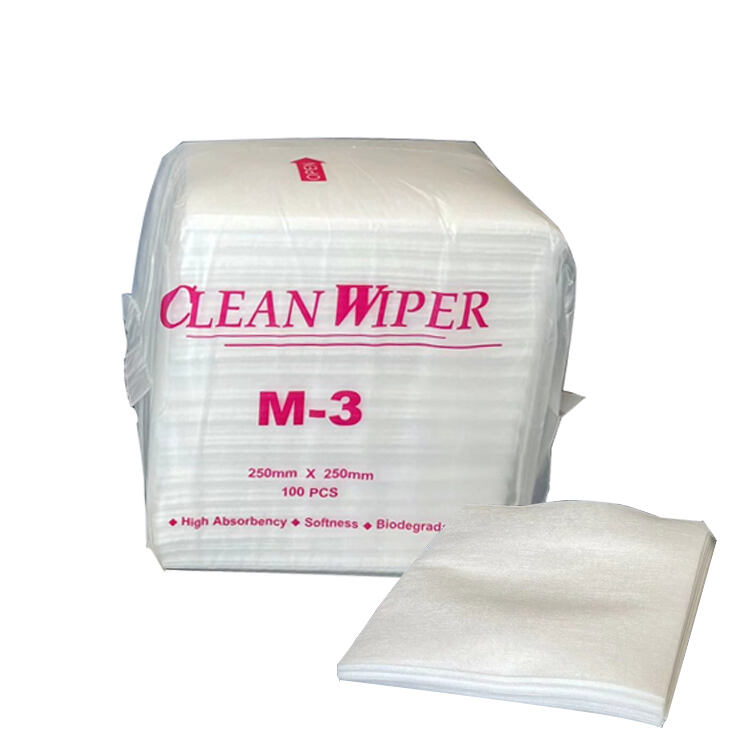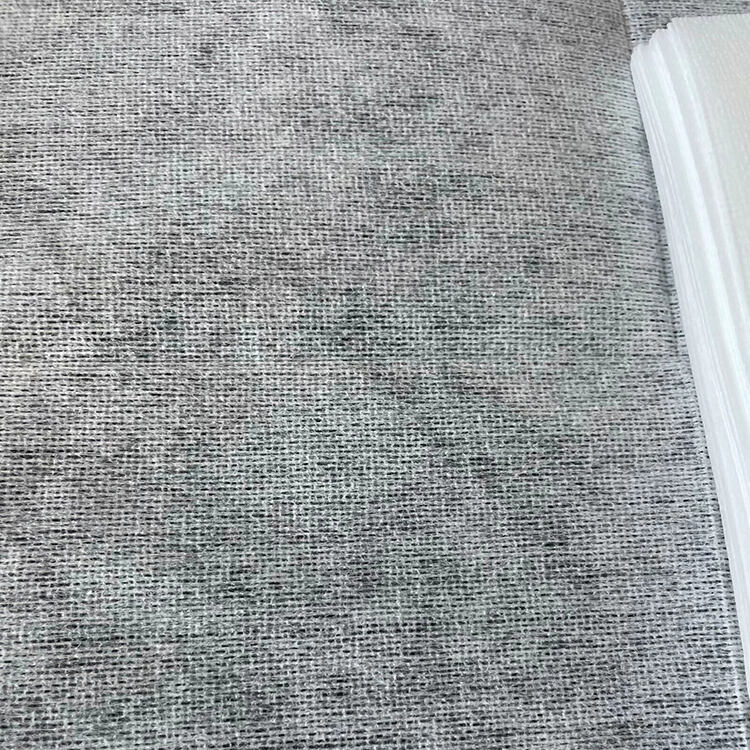paper roll cleaning
Paper roll cleaning is an essential process in the printing and manufacturing industry that ensures optimal print quality and extends the lifespan of printing equipment. This sophisticated cleaning system utilizes advanced technology to remove dust, debris, and contaminants from paper rolls before they enter the printing process. The system typically incorporates multiple cleaning stages, including contact and non-contact methods, to achieve comprehensive cleaning results. The primary cleaning mechanism usually consists of specialized brushes, vacuum systems, and anti-static devices that work in concert to eliminate particles as small as microscopic dust. The technology can handle various paper grades and roll sizes, making it versatile for different production requirements. Modern paper roll cleaning systems often feature automated controls that adjust cleaning intensity based on paper type and contamination levels, ensuring consistent results while minimizing waste and maximizing efficiency. These systems are designed to operate at high speeds to match production line requirements, with some capable of cleaning paper rolls at speeds exceeding 2,000 meters per minute. The integration of sensor technology allows for real-time monitoring of cleaning effectiveness and early detection of potential issues, reducing downtime and maintenance requirements.


